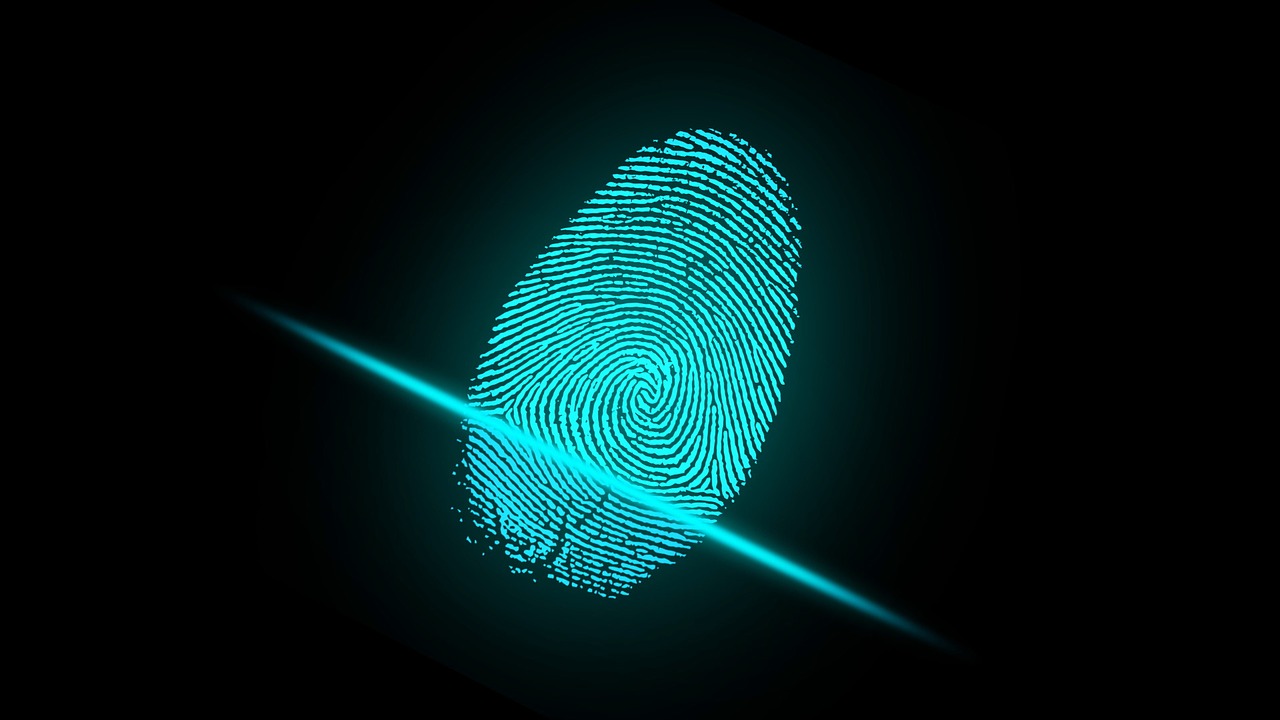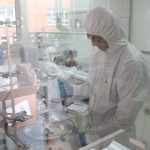BioDigital, a new technology to combat identity spoofing
I’MTech is dedicating a series of articles to success stories from research partnerships supported by the Télécom & Société Numérique Carnot Institute (TSN), to which Télécom SudParis belongs. The original version of this article was published in French on Télécom SudParis website
[divider style=”normal” top=”20″ bottom=”20″]
 Following an 18-month collaboration agreement, Télécom SudParis (a member of the Télécom & Société Numérique Carnot Institute (TSN) and IDEMIA, the global leader in augmented identity, have finalized the design for a contactless biometric reader, based on a patent filed by two Télécom SudParis researchers. The technology transfer to IDEMIA has just been completed.
Following an 18-month collaboration agreement, Télécom SudParis (a member of the Télécom & Société Numérique Carnot Institute (TSN) and IDEMIA, the global leader in augmented identity, have finalized the design for a contactless biometric reader, based on a patent filed by two Télécom SudParis researchers. The technology transfer to IDEMIA has just been completed.
Fingerprint spoof detection
The technology comprises a next-generation biometric fingerprint scanner called BioDigital. It is an effective tool for combating identity spoofing and also provides a solution to difficulties related to the very nature of biometric data through improved recognition of damaged fingerprint surfaces. “The quality of the reconstructed image of the internal fingerprint is what makes our technology truly original,” says Bernadette Dorizzi, Dean of Research at Télécom SudParis.
Télécom SudParis and IDEMIA have worked in close collaboration. The group provided an assessment algorithm and compiled a database for its assessment, which made it possible to demonstrate that BioDigital is able to provide safer and more effective fingerprint matching by also detecting spoofed fingerprints, and has a success rate of nearly 100%.
Subcutaneous fingerprint and sweat pore network recognition
This contactless technology recognizes not only the fingerprint, but also the subcutaneous print and the network of sweat pores. It is based on optical coherence tomography which produces 3D images using light “echoes”. This allows BioDigital to provide access to fingerprints without direct contact with the reader. Along with this innovation, the system also provides an exceptional image reconstruction quality. “By fusing phase and intensity images, we’ve succeeded in obtaining as natural an image as possible,” says Yaneck Gottesman, research professor at Télécom SudParis.
“For a certain number of crucial applications such as the protection of critical infrastructures, spoofing attacks are a real issue and it’s a race between hackers and technology developers like IDEMIA. Once this technology is put into production and integrated in our products, it has the potential to put us another step ahead,” adds Jean-Christophe Fondeur, Executive Vice-President for Research & Development at IDEMIA.
[divider style=”normal” top=”20″ bottom=”20″]
A guarantee of excellence in partnership-based research since 2006
The Télécom & Société Numérique Carnot Institute (TSN) has been partnering with companies since 2006 to research developments in digital innovations. With over 1,700 researchers and 50 technology platforms, it offers cutting-edge research aimed at meeting the complex technological challenges posed by digital, energy and industrial transitions currently underway in in the French manufacturing industry. It focuses on the following topics: industry of the future, connected objects and networks, sustainable cities, transport, health and safety.
The institute encompasses Télécom ParisTech, IMT Atlantique, Télécom SudParis, Institut Mines-Télécom Business School, Eurecom, Télécom Physique Strasbourg and Télécom Saint-Étienne, École Polytechnique (Lix and CMAP laboratories), Strate École de Design and Femto Engineering.
[divider style=”normal” top=”20″ bottom=”20″]





Leave a Reply
Want to join the discussion?Feel free to contribute!